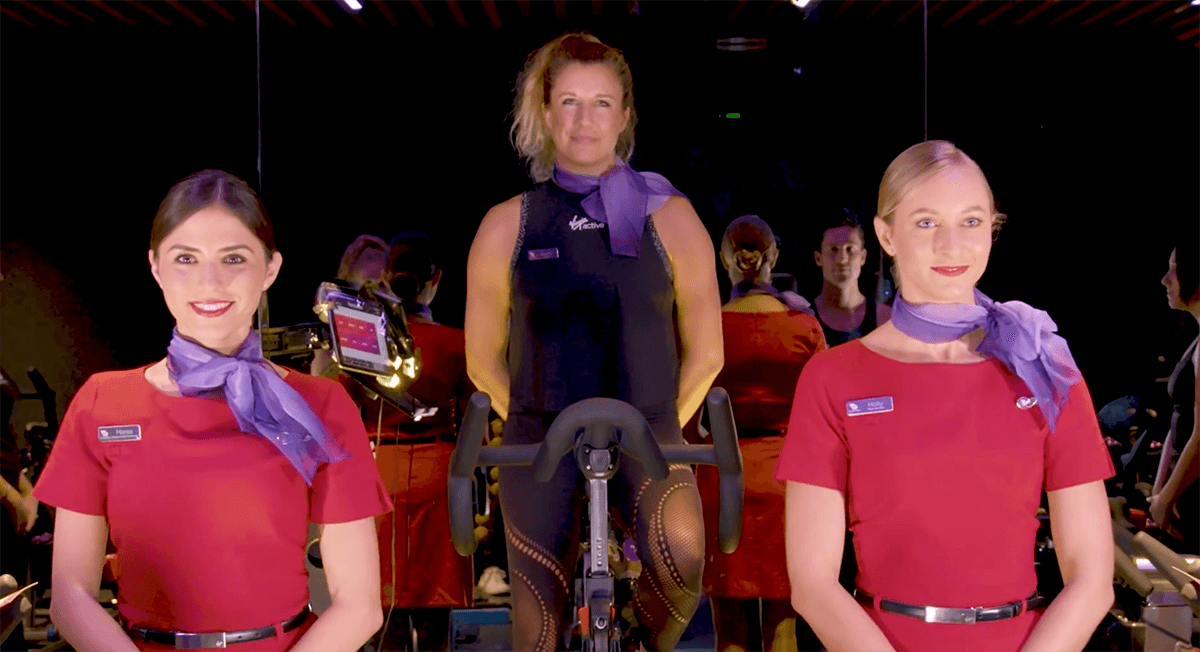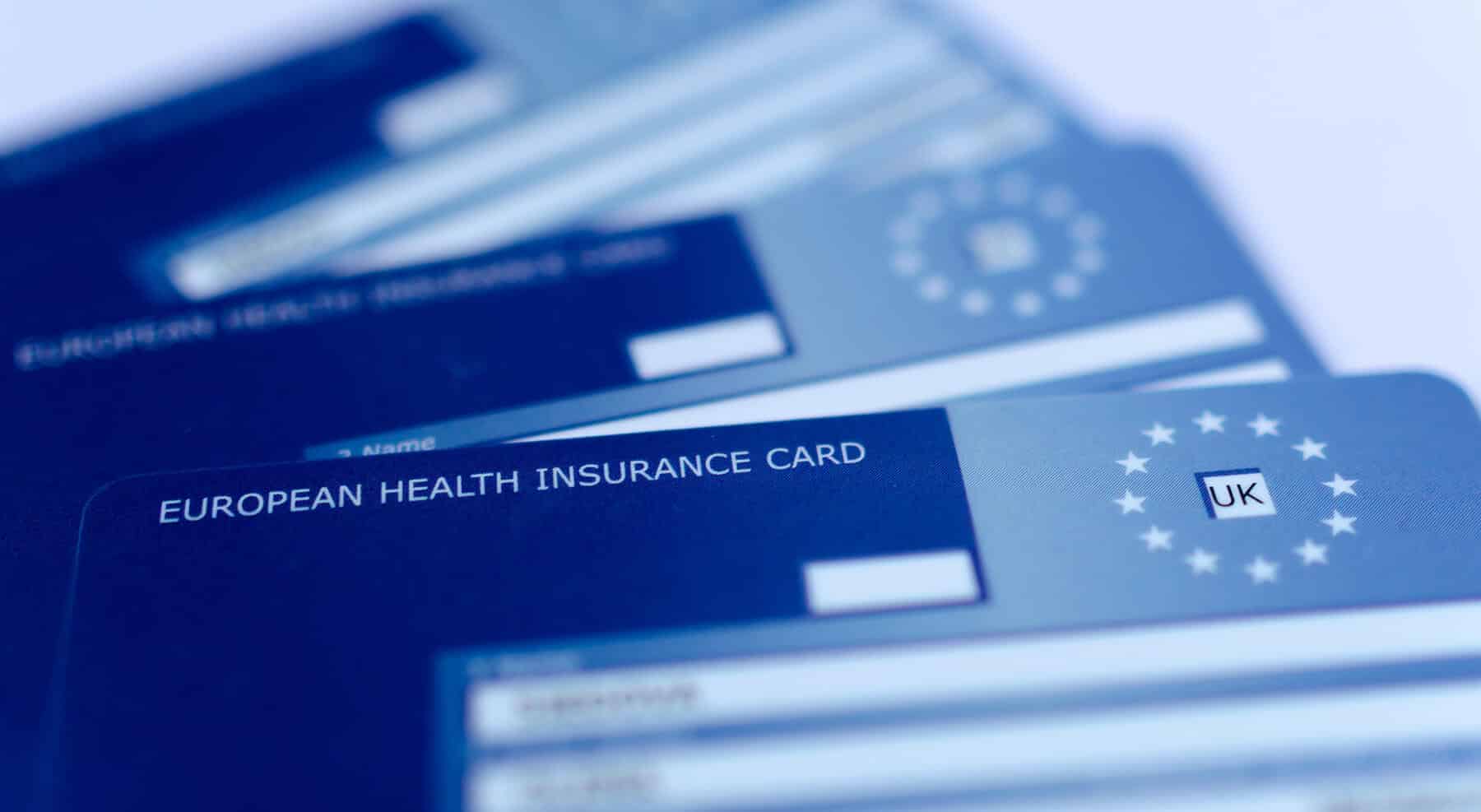Our repatriations team recently visited Virgin Atlantic’s HQ in Crawley for a training course on their latest on-board medical equipment as well as a tour of the new A350 Upper Class suite.
To start the day, we met with one of the medical trainers from Virgin Atlantic who went through the medical equipment on board each of the aircraft. This ranged from basic first aid kits to emergency medical bags. The first aid kit included basic medical equipment such as plasters, ‘over the counter’ pain relief such as Paracetamol and Ibuprofen.

The Emergency Medical Kit included equipment for emergency situations such as dressings, sharps box, stethoscope & various medications which may be needed in an emergency situation – to open this bag the cabin crew must seek authorisation from the captain on board.
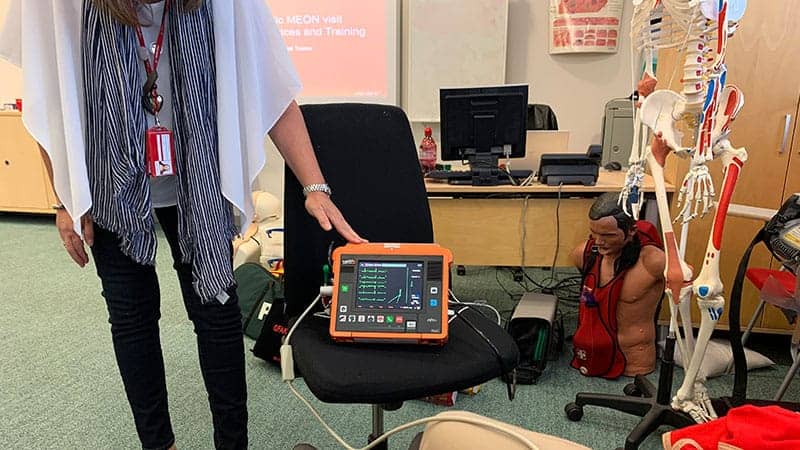
In addition to the emergency medical kit, on A350 aircraft and A330 aircraft, Virgin are also equipped with the Tempus machine which as described as a doctor in a box. The Tempus is designed for non-medical professionals to use and the crew manager is trained to use the in an event of a medical emergency on board. It’s easy to use touchscreen monitor guides the crew manager on how to use the machine which is connected to MedLink in the USA where a medical professional will be speaking to the cabin manager for next steps and advise.
The machine monitor vital signs of a patient which includes blood pressure monitoring (with additional cuffs for larger adults and children), Pulse oximetry (SpO2) & pulse with pre-attached probe, Capnometry and disposable nasal cannula as well as a 12 lead ECG & a handheld wireless Glucometer. As a result of the Tempus machine being on board the aircraft, there is a significant reduction in aircraft diversions due to medical emergencies as when a medical volunteer assists in a medical emergency, it is 80% more likely that a aircraft will be diverted whereas with Tempus has the client tests results which evaluated by a medical professional on the ground which enables an informed decision to be made on board (i.e. do the results show someone who has chest pains is having a heart attack or have all the test come back normal therefore the chest pain is cause by something else non-life threatening?). The Tempus unit is for use in emergencies only and not for use to monitor a repatriation client. Surprisingly, this machine is used on average once a day!
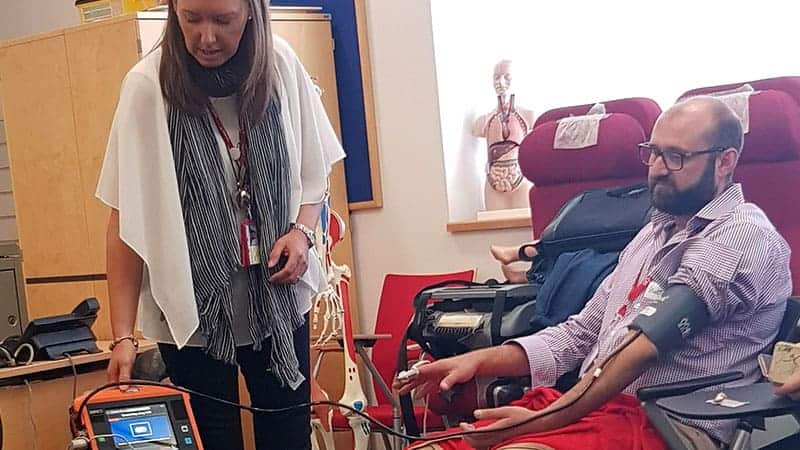
Part of initial training, new crew members undertake 5 days of medical training as well a re-current training every year and refresher training when an individual has had any length of time off work such as maternity leave. Within this time, the training will include simulation of a medical emergency on-board which the crew would need to react to as well a immediate life support training and how to insert & manage an i-gel.
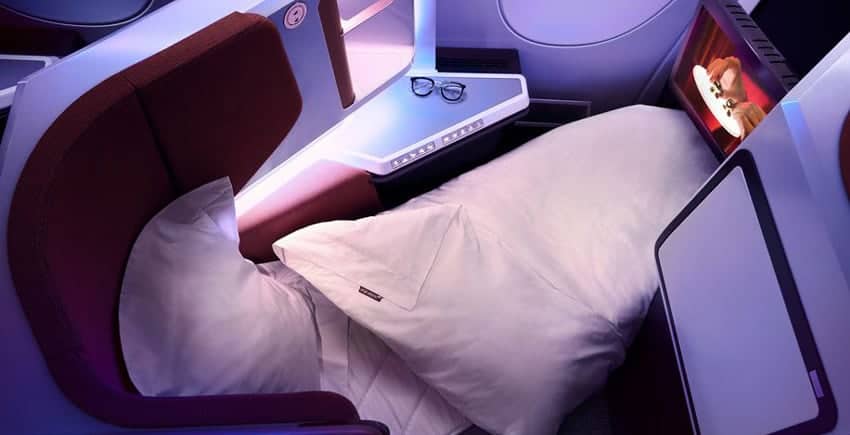
After lunch, we then went on the A350 experience to see the new layout of the Upper Class which features a flatbed seat, which now coverts from a standard seat to flatbed whilst still in the seat position! All seats are facing onwards however the seats in the middle of the aircraft are ideal for patients travelling with an escort who need to keep an eye on them throughout the flight. The A350 also features a ‘Sky Loft’ so a separate seating area which can be utilised throughout the flight but does not have a bar. We were also shown the premium economy seat which features an armrest on the aisle side which slides down which could be suitable for a patient who does not require leg elevation.
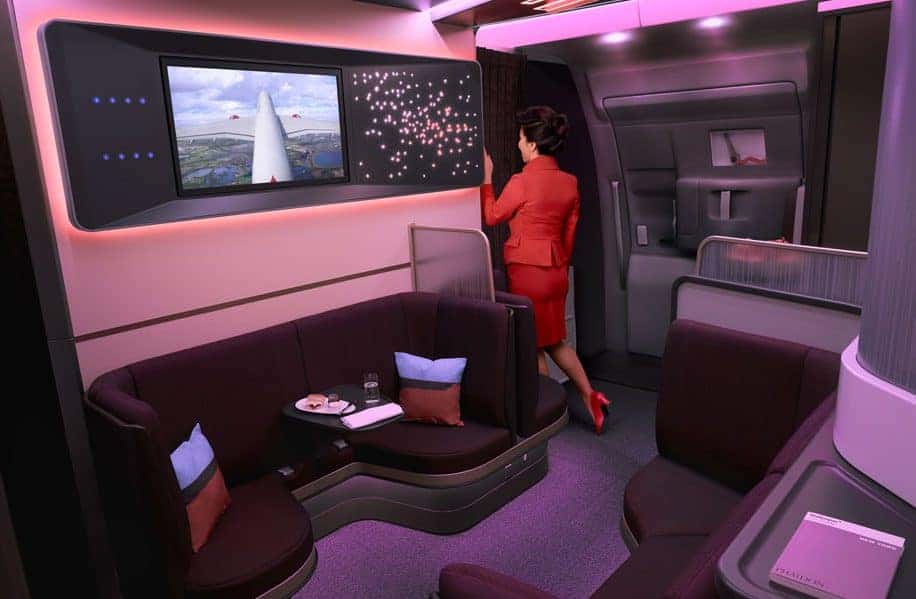
After the rig showcase, we were shown further medical equipment including the on-board wheelchair which has a maximum weight limit of 15 stone as well as the ‘banana board’ which is used for passengers who need assistance into the seats. We also had a discussion around the new Oxygen process and medical clearance process. Currently, Virgin require medical clearance for all medical cases including simple cases such a chicken pox or ear infections to more complex cases where this will be assessed by a medical professional. In order to make sure these cases and expedited, a discharge summary should be sent with the full completed MEDIF. Virgin Atlantic use the IATA guidelines for the majority of their medical cases.
As of the 27th September, Virgin Atlantic no longer provide Oxygen on any of their flights – this is due to the oxygen canisters expiring and no suitable replacement being available. Therefore, they have teamed up with a company called Oxygen-to-go which follows the Delta model. Going forwards with Virgin Atlantic, there are 2 ways in which a passenger will be able to use Oxygen on board the flights. The first will be for the patient/medical escort to take a POC on the flights. In order to confirm this, a medical clearance form will need to be submitted as well the form sent to Oxygen-to-go to clearance the use of the POC onboard. Alternatively, a POC can be hired from Oxygen-to-go who have a variety of POC’s available for rental including POC’s which have a continuous flow of Oxygen for passengers who need this throughout the flight. The POC will be delivered to the departing airport for the client to collect on departure and use on-board. Again the Oxygen-to-go form will need to send to them along with a VS MEDIF which will need to be sent to Virgin Atlantic for their clearance of medical needs such as wheelchair assistance.
Need help organising your assistance travel?
Get in touch with our travel experts on +44 (0)1730 711002
You may also like the following articles:


